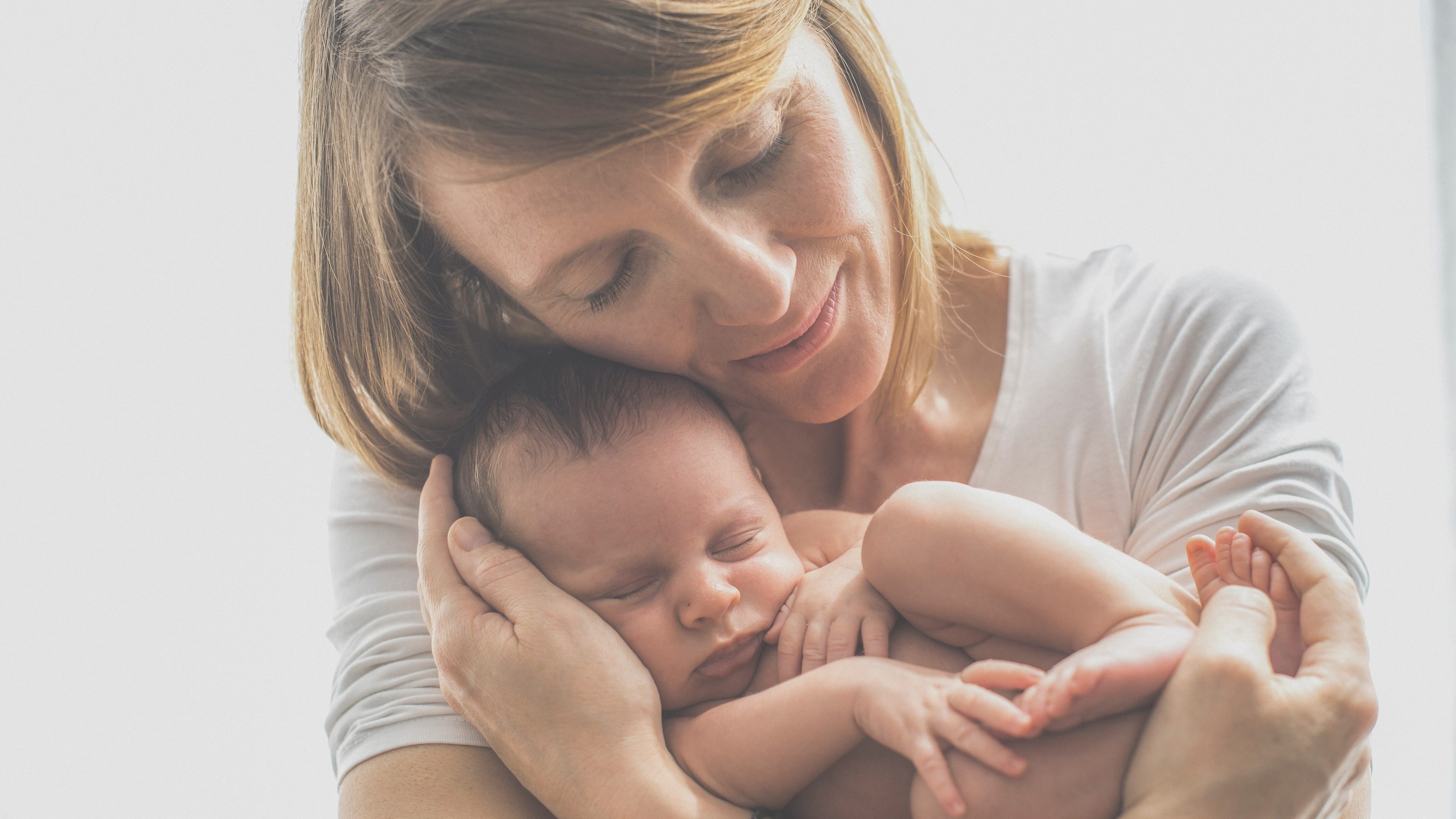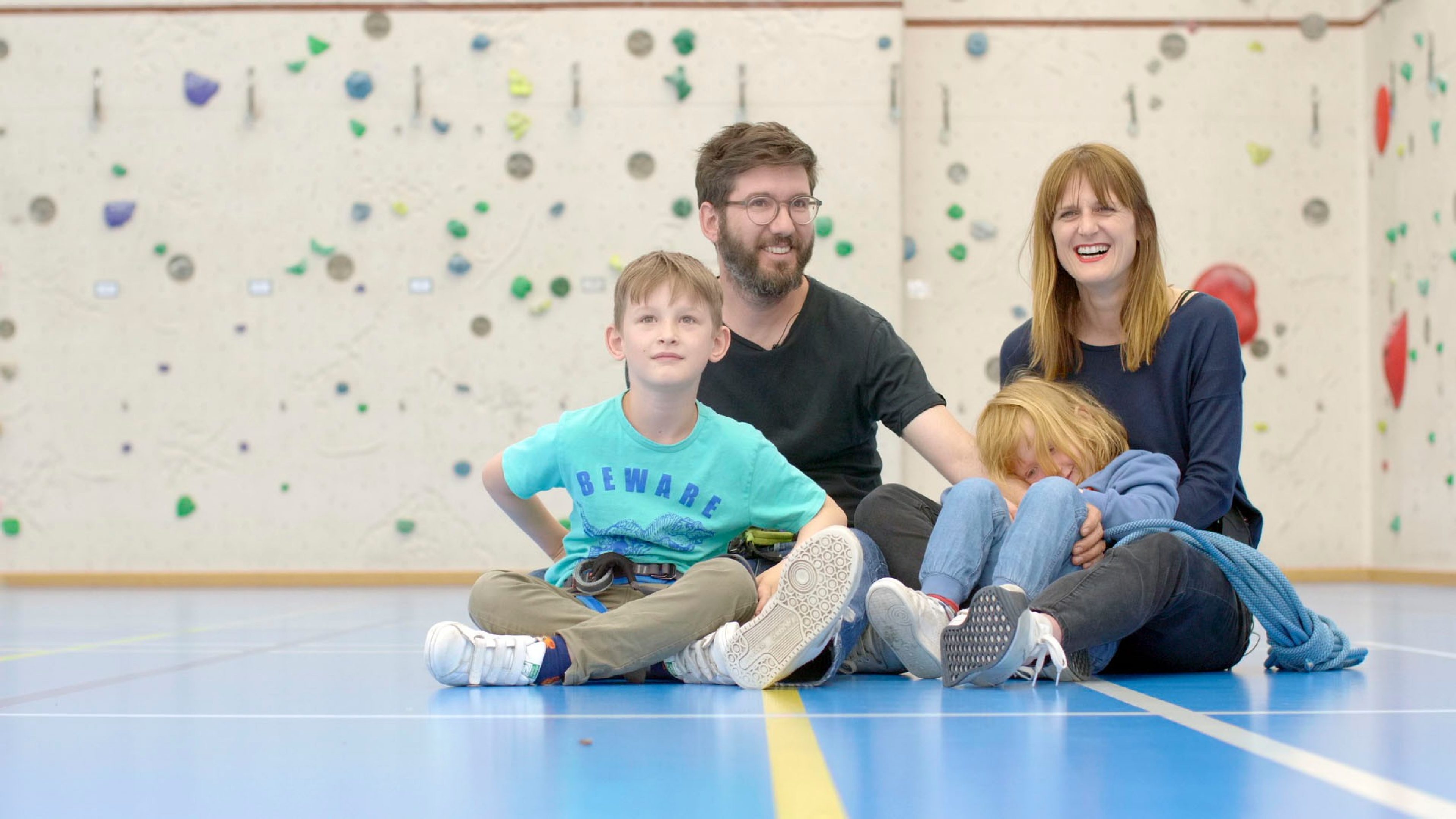Children enrich our lives. At the same time, – the older they become, the more they cost. That’s why parents should start early with the financial preparation for their children’s future. We show you the financing options available to save for your children’s self-determined future.
.jpg)
There used to be a traditional passbook for paying into. Nowadays, there is a whole myriad of opportunities. How to deal with them? Martina Gantenbein, Swiss Life pension specialist and mother of two, provides an overview and summarises the key points about children and saving.
1. How much does a child cost per year?
The costs of a child are very individual and vary according to age, standard of living, financial purchasing power and much more. Do parents buy the second-hand pushchair or the brand new luxury edition for the newborn? Does the child have an expensive or inexpensive hobby? Would he/she like to study or do an apprenticeship?
Parents calculate on average CHF 1500 per month for their child, from birth to entering adulthood.
- From infant to small child, costs are estimated at around CHF 300 to CHF 500 per month, excluding health insurance.
- Children from class 1 to 6 need an estimated CHF 500 to CHF 700, depending on their standard of living and hobbies. Gymnastics is relatively cheap, a riding school is more expensive.
- During the teenage years, you can expect CHF 800 per month on average. Fixed costs for teenagers are at least CHF 150 to cover leisure time, mobile phone costs and clothing.
- When studying, children cost around CHF 2000 a month. This is when costs vary greatly. If the child still lives at home, the costs fall; if the child lives in his/her own flat, there are extra rent and living expenses to consider. In the case of dual training (apprenticeship), costs may fall, as there is a salary to cover mobile phone, health insurance, public transport passes and rent.
2. What should parents plan for when the child starts vocational training or university studies?
Ideally, parents should have saved CHF 20 000 to CHF 25 000 for their child’s education or vocational training. This money can be allocated accordingly so it does not burden the monthly budget. The savings can also be used for other expenses, such as a driving licence or stay abroad, giving the children many opportunities. Who doesn’t dream of a foreign adventure or trip?
3. What options are there to provide for children financially?
Investment funds
The classic savings account with low interest rates is no longer an attractive long-term saving option. Experts recommend mixed investment funds with equities and bonds, ideally started by the parents right after birth. The equity component can be selected depending on the risk profile and investment horizon.
Obtain advice now
We can help you find the right investment fund for your family savings plan.
3b savings policies
Another option is long-term 3b savings policies. For financing family savings we recommend the option with security and return elements (institutional equity fund).
This combination enables the return component to be adjusted to the risk profile. The security element earns a fixed rate of interest, which is redefined every year, and is currently considerably higher than with a normal savings account.
Swiss Life Dynamic Elements Junior Plan
Saving with an optimal mix of security and return. The policy can be adapted in many ways if needs change – and is the ideal solution for the self-determined accumulation of starting capital for your child.
Obtain advice now
We can advise you on which 3b savings policy suits your individual situation.
Protection from disability or children or parents’ inability to work
One advantage of the 3b savings policy is that an insurance tariff can be included. You can hedge against the death or disability of the premium payer, whereby the insurance would cover the child’s premium payment. You can find an overview of the 3b savings policy at Swiss Life here.
It is also possible to take out a pension for your child. This pension insures a child against disability through illness or accident before reaching adulthood and then never being able to work. This pension replaces lost earnings.
Without this pension, the compensation for lost earnings from a loss event is very low, as children neither have a pension fund nor accident insurance. In the event of a claim, only the 1st pillar pays disability insurance worth about CHF 1500 per month. Experts therefore recommend additional protection.
4. How many francs should parents save each month?
Many parents take the state child allowance as their monthly savings contribution. The child allowance varies from canton to canton; it works out at CHF 200 per month on average.
5. Should the investment go directly to the child or to the parents/parent?
Most parents set up an investment so that the money is transferred directly to the child on reaching the age of majority. If parents change their mind and do not wish to hand over the money to the child as a young adult, they must act before the child’s 18th birthday.
The decision on whether to transfer money to the child automatically at the age of 18 depends very much on how responsible the child is considered to be on reaching the age of majority. It also matters how the child manages money. At the same time, however, it can be seen as an opportunity. The child is responsible for a large sum of money for the first time and learns how to allocate the funds.
There is no right or wrong way, both options are possible. With policies, a parent or the premium payer can also be the policyholder, whereby the money is paid to the parent rather than directly to the child.
.jpg)
Do you want to optimise your family’s security?
Consider your future provisions as a family in self-determination – for a worry-free future. Our advisors will be happy to support you.
images by Philip Brand
.jpg)



